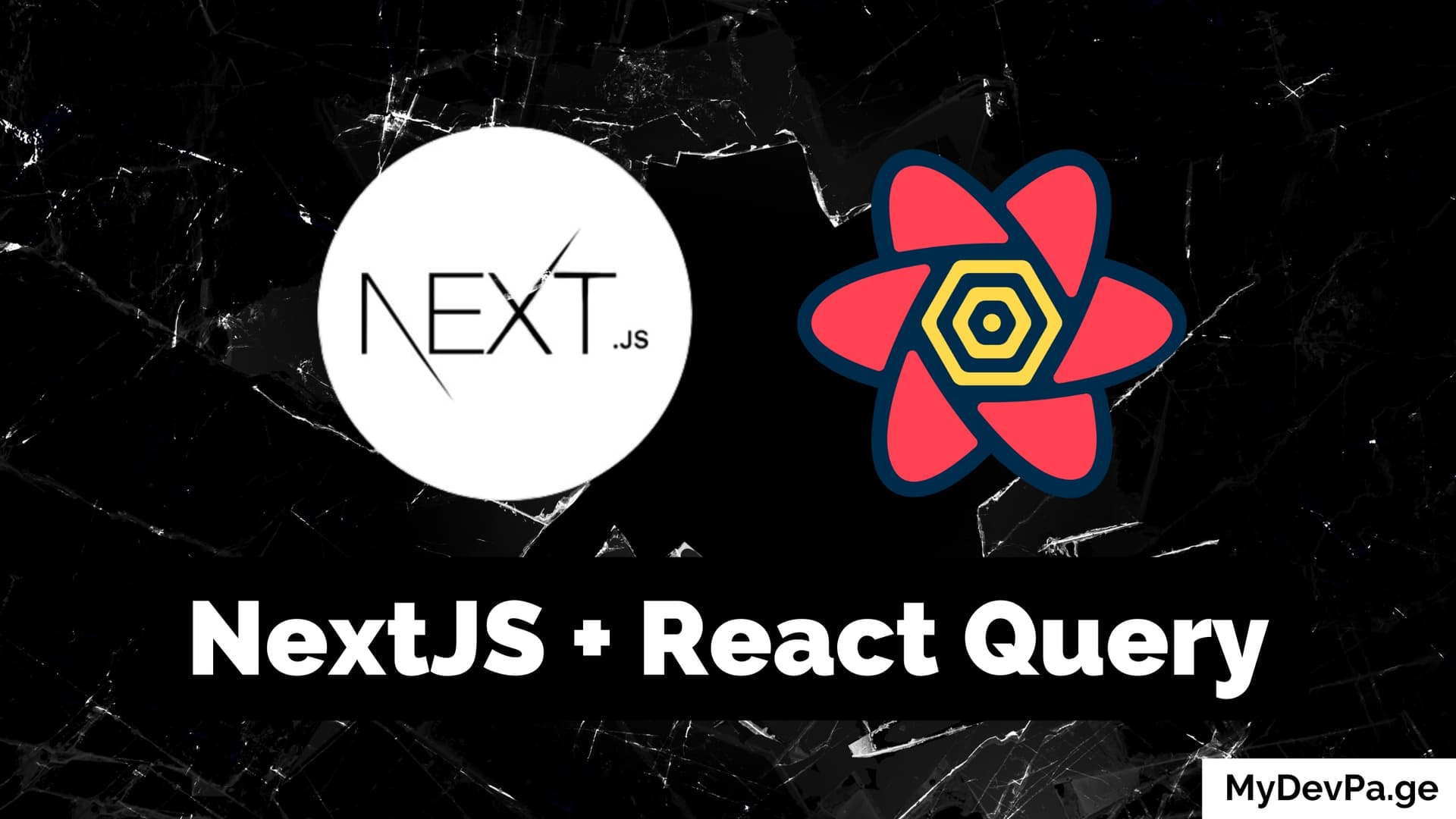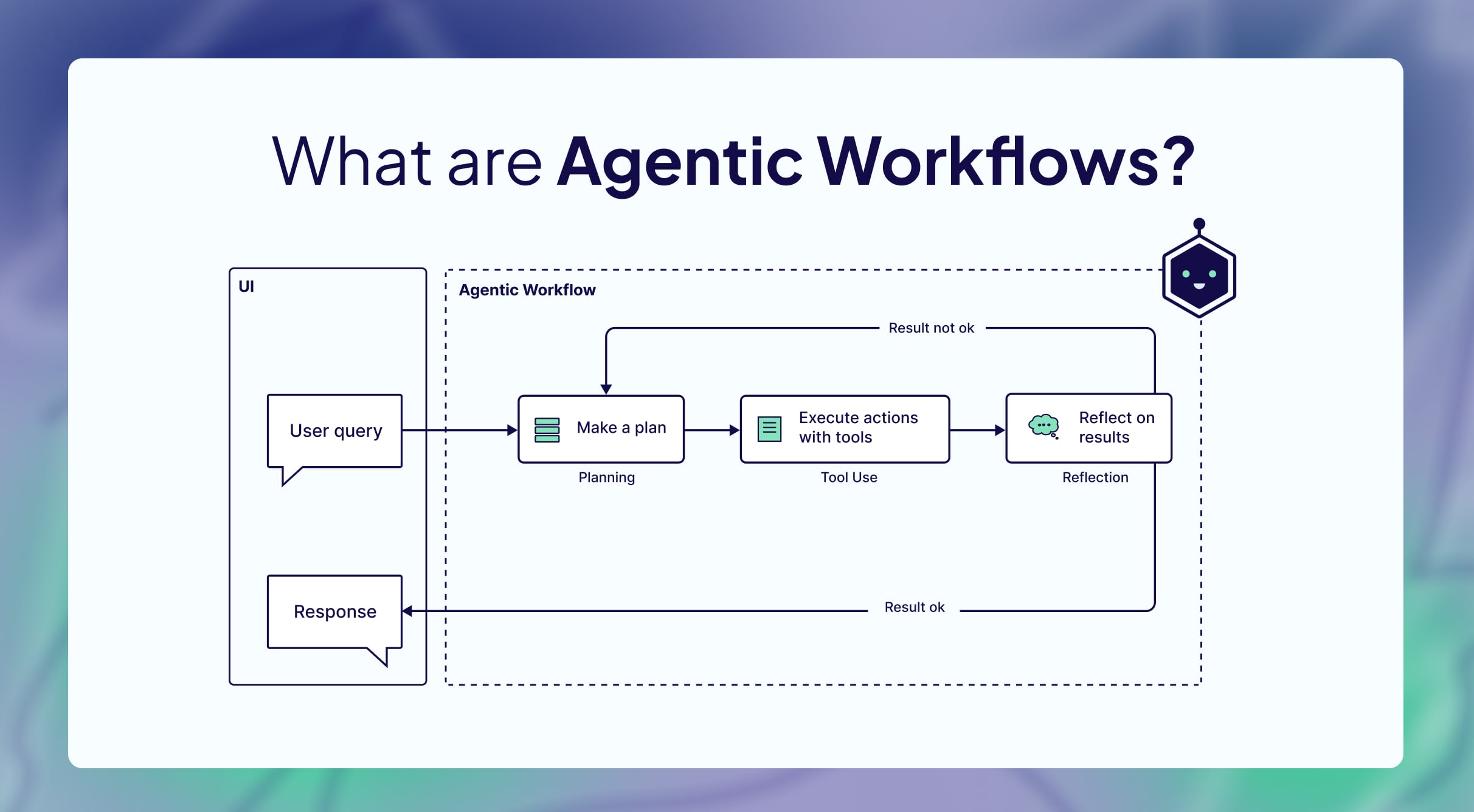TanStack Query's Rise in Popularity: Optimizing React Data Fetching
React applications heavily rely on efficient data fetching. While `fetch` and other built-in methods work, they often lack features crucial for a smooth user experience, like caching, background updates, and efficient handling of multiple requests. This is where TanStack Query shines. It's a powerful library that simplifies and optimizes data fetching in React, leading to a significant boost in performance and developer productivity. This blog post will explore its core concepts, provide a practical code example, and offer some helpful tips for getting started.
Understanding TanStack Query's Core Concepts
TanStack Query operates on the principle of providing a declarative and efficient way to manage asynchronous data. Key concepts include: * **Caching:** Query automatically caches fetched data, minimizing redundant requests and improving performance. It intelligently manages cache invalidation and updates. * **Background Updates:** Queries can be configured to update in the background, ensuring data is always fresh without blocking the main thread. * **Parallel and Dependent Queries:** Handle multiple data fetching operations efficiently, with support for parallel execution and dependencies between queries. * **Mutations:** Easily perform data mutations (create, update, delete) with optimistic updates and error handling. * **Polling:** Regularly fetch data at specified intervals to keep the UI up-to-date. * **Declarative Approach:** Define your data fetching logic using React hooks, making it easy to integrate into your components.

Practical Code Example: Fetching User Data
Let's fetch user data using TanStack Query. We'll use a simple placeholder API for demonstration.

Tips for Effective TanStack Query Usage
To maximize TanStack Query's benefits: * **Stale-while-revalidate:** Use `staleTime` and `cacheTime` options to control how long data remains valid in the cache before refetching. * **Use `queryClient` for advanced control:** The `queryClient` instance provides fine-grained control over the query cache and allows for more complex scenarios. * **Proper error handling:** Implement robust error handling to gracefully manage failed requests and provide informative feedback to the user. * **Consider using `useMutation` for data updates:** This hook provides a structured way to handle data mutations with optimistic updates and rollback capabilities. * **Optimize query keys:** Use descriptive and consistent query keys to ensure the cache functions correctly and avoids unexpected behavior.

Conclusion
TanStack Query significantly enhances React data fetching by providing a powerful, efficient, and developer-friendly solution. By leveraging its features like caching, background updates, and declarative approach, you can build more responsive and robust React applications. Start incorporating TanStack Query into your projects today to experience the benefits of optimized data management.
Comments
Post a Comment